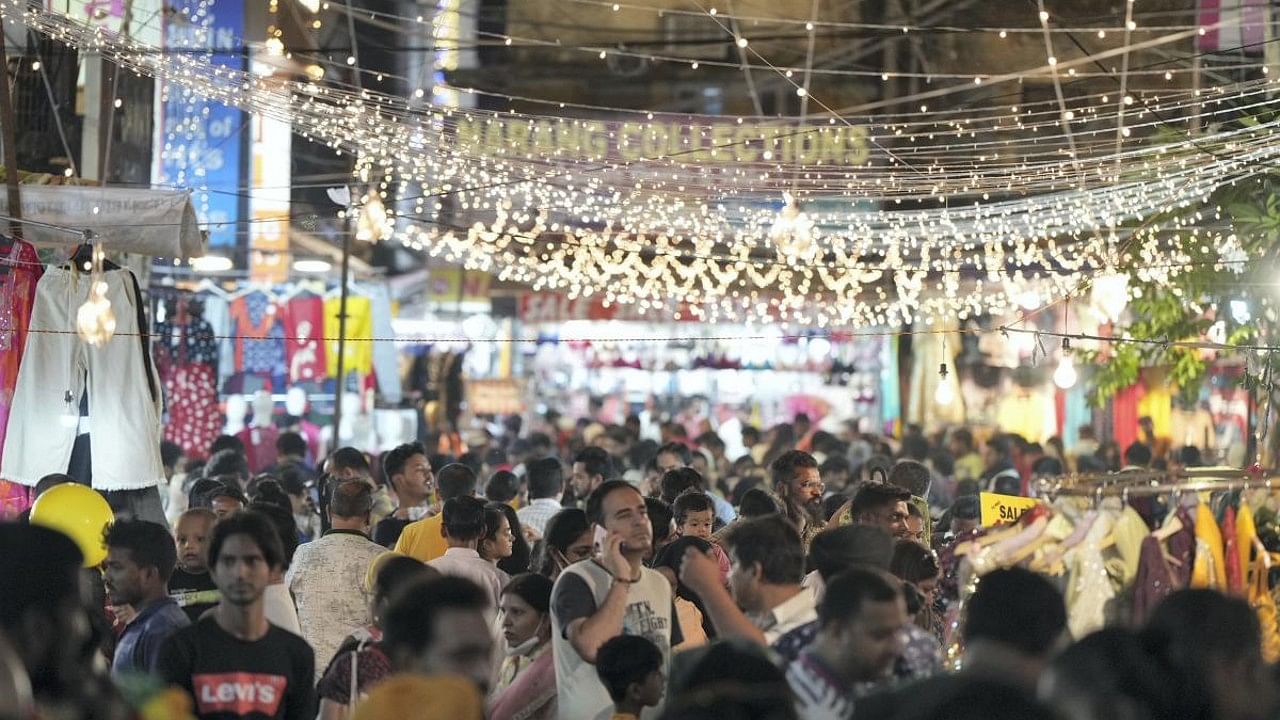
When was the last time we saw the seething Indian middle class jumping into vigilant activist mode to protest against social injustice or defending liberty on the streets? Does the middle class really work itself into a frenzy these days over issues it feels strongly about and which can manifest itself in physical protests? In 2010-11, we saw an apoplectic middle class growing a spine by throwing its weight behind Anna Hazare during India Against Corruption movement. Then in 2012, the country was witness to a massive protest by the middle class, including college students, that followed the brutal rape and murder of a 23-year-old girl Nirbhaya, in Delhi.
But since then, the middle class seems to have put its blinkers on, preferring to maintain an Olympian detachment from the burning issues of the day. Why this sudden passivity? These days, the middle class loves to ensconce itself in the comfort zone of social media, blowing some steam off, as happened in the case of the death of the ailing Stan Swamy who was denied bail. Thus, activism has been replaced by slacktivism. The Indian middle class now prefers to avoid the rough and tumble of street protests.
Has the middle class started discovering that all is well with this country? That taking up the cudgels for a cause is not worth the candle? Is there a reluctance on its part to commit the crime of thought? After Modi became PM in 2014, the middle class developed an immense fondness for the leader by hero-worshipping him as if he was infallible. It deluded itself into thinking that the country under Modi is in safe hands as he has succeeded in responding to the middle class’s enthusiasm for cultural majoritarianism. In other words, love for the leader needs no thought; it is axiomatic.
Truth be told, the Indian middle class has displayed its submissiveness and passivity since the early 70s when it found nothing wrong with Indira Gandhi’s Emergency. In his book, Mistaken Modernity, India Between Worlds, sociologist Dipankar Gupta writes, "Had the Emergency gone on, the Indian middle class would have continued to remain pliable."
Why is it that we are ruthlessly abandoning the opportunities of citizenship? It is true that our society is deeply polarised, more than ever before, and has somewhat militated against the possibility of a peaceful citizen’s solidarity. However, this is not to deny the fact that many feisty rights campaigners and dissenters like stand-up comedians and cartoonists are from middle-class backgrounds who are not ready to buckle down under government pressure.
Things are quite different in America and even in Brazil when it comes to protests by the middle class. Last year, the killing of George Floyd in the US opened up vertiginous depths of empathy among people for the victim. The sheer brutality of the act touched off mass anger and galvanised people to join a massive anti-racism movement. Brazil was rocked by anti-Bolsonaro protests as people hit the streets to express their anger at the dismal state of affairs. In northern India, even as farm protests put the government on the backfoot, and the agrarian communities joined the movement in large numbers, the self-absorbed middle class was conspicuous by its absence. It didn’t show the inclination to show solidarity with the farmers.
Many believe that the indiscriminate use of a non-bailable anti-terror law, UAPA, and imprisonment of protestors like Disha Ravi has put the frighteners on people trying to take on the government on any issue as you can be dubbed either an "urban naxal" or "anti-national." Be that as it may, the Indian middle class can still do a lot by taking up issues that concern our survival through peaceful protest: air pollution, ban on crackers, women’s rights, reckless driving, to name but a few. Being just armchair rebels on social media is not going to make any difference. We should learn from the intrepid and selfless Hong Kong billionaire Jimmy Lai who risked his life to defend freedom in Hong Kong.
Our society needs an inspirational figure who can stand up as a middle class hero and act as a moral compass. At the same time, the educated middle class cannot afford to get complacent by looking the other way. If push comes to shove, it has to be at the forefront of civic activism. It has to fight the good fight for positive change. The time has come for the Indian middle class to scrape off the thick crust of indifference and stupor that have become its second skin.
(The writer is a freelance journalist)